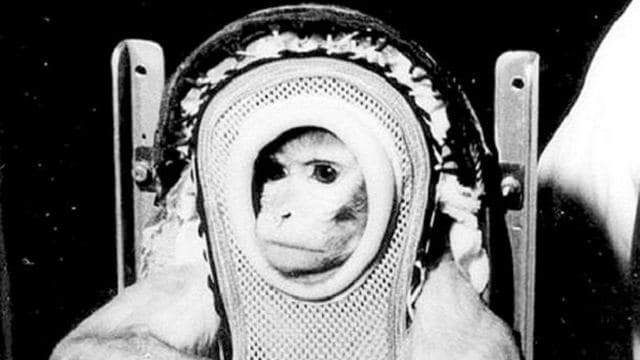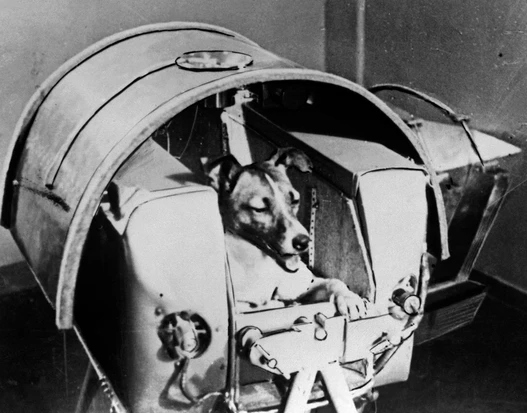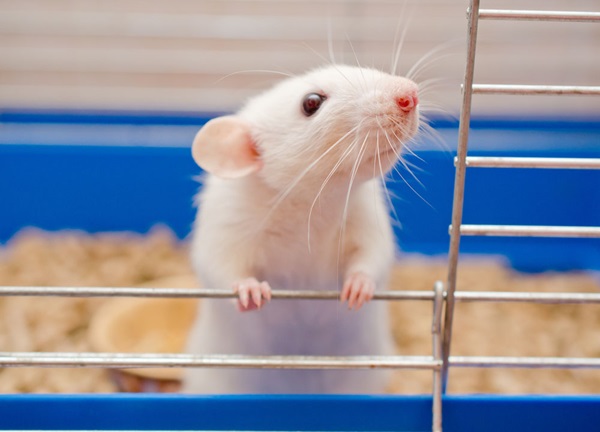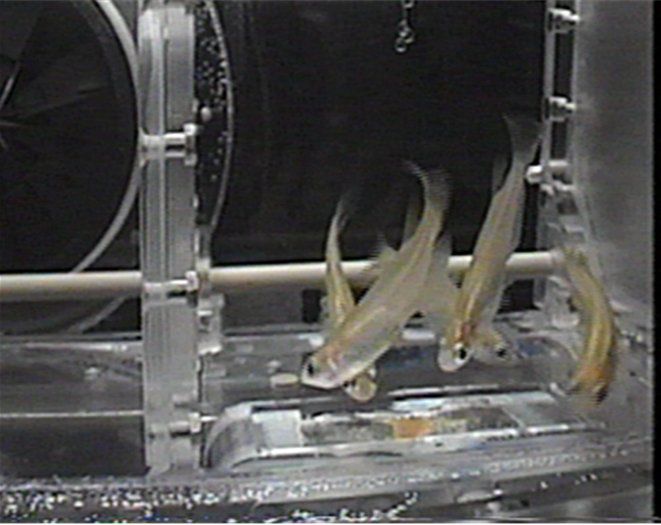Usually, we always hear of people being sent into space. This time let’s see what animals are sent into space for scientific research. Although humans are more dominant to be sent into space, in fact, more animals have ever been sent into space than humans.
There are several species of animals sent into space for study and research purposes. Here are 5 types of animals that have been sent into space according to Discover Wildlife.
1. Tortoise

In 1998, the Russians sent a spacecraft called Zond 5 carrying a capsule containing soil and seed samples, some worms, and even two turtles. The tortoise managed to orbit the moon and after six days returned to earth, the capsule that brought the tortoise home was said to have landed in an unplanned place.
But after the capsule was found again, they found that the tortoise was still alive.
2. Monkey

Believe it or not, a total of 32 monkeys have been sent into space. The first monkey to be sent was named Albert II. But die as a result of the impact of parachute failure while entering the earth’s atmosphere.
According to Discover Wildlife, a year later, another monkey named Albert I replaced Albert II, but this monkey also died from drowning in a capsule while landing on the ground.
3. Dog

Just like monkeys, some dogs have also been sent into space and the most famous dog is Laika which was sent in 1957. Laika is claimed to be the first animal to successfully orbit the earth.
But unfortunately, Laika never returned to earth. The Soviet Union claimed Laika was alive for seven days, but another report stated that Laika died of overheating after 5 hours of evacuation.
4. Mice

In fact, mice have long been used by scientists to study the effects of space travel on the human body. NASA finds mice easier to adapt to microgravity conditions. The first mice sent into space were in 1950, reaching an altitude of 137km. However, the rat died of a parachute failure.
5. Fish

According to Discover Wildlife, fish are the first marine life to be sent into space. In 1973 NASA was said to be interested in seeing the effects of microgravity on three-dimensional moving animals on earth. When these fish are in space, it is found that they swim in a circle and not in a straight line.
It is only now that we know, apart from humans, many other animals that have reached outer space for research and research purposes.
Sources: DiscoverWildlife.com









Leave a Comment